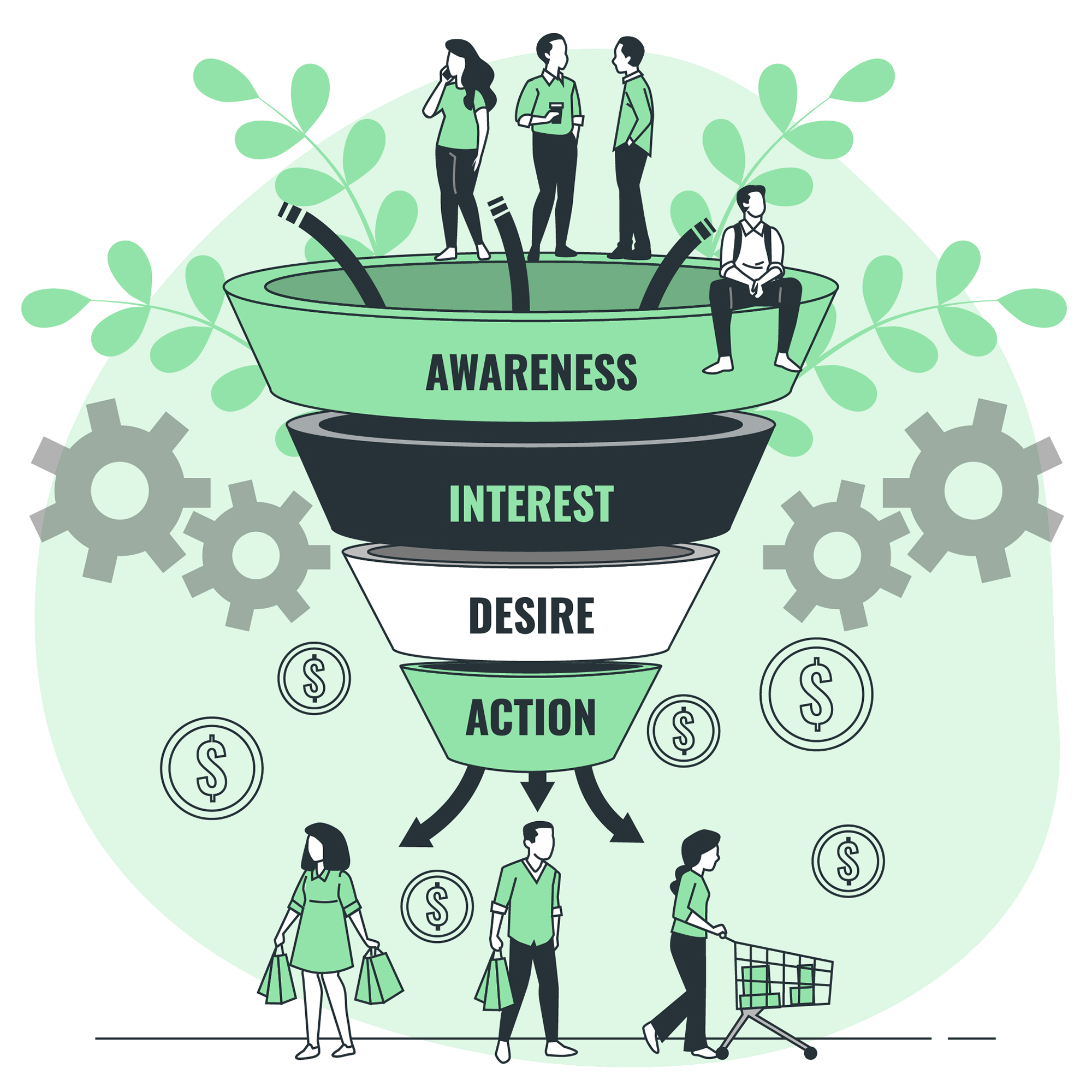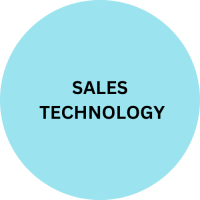Top, Middle, and Bottom of the Funnel: A Sales Funnel Explained

Strong 8k brings an ultra-HD IPTV experience to your living room and your pocket.
A sales funnel is a visual representation of the customer journey, from initial awareness to final purchase. It’s a crucial tool for businesses to understand and optimize their sales process. The funnel is typically divided into three stages:
1. Top of the Funnel (TOFU)
The top of the funnel is where potential customers first encounter your brand. At this stage, they may not be aware of their specific needs or actively seeking a solution. Your goal is to attract their attention and generate interest.
Marketing Strategies for TOFU:
Content Marketing: Create high-quality content like blog posts, articles, and videos to educate and inform your target audience.
Social Media Marketing: Engage with your audience on social media platforms to build brand awareness and generate interest.
Search Engine Optimization (SEO): Optimize your website to rank higher in search engine results, attracting organic traffic.
Pay-Per-Click (PPC) Advertising: Use targeted ads to reach a wider audience and drive traffic to your website.
2. Middle of the Funnel (MOFU)
The middle of the funnel is where potential customers have shown interest in your product or service. They may have visited your website, downloaded a whitepaper, or signed up for your email newsletter. Your goal at this stage is to nurture leads and move them closer to a purchase decision.
Marketing Strategies for MOFU:
Email Marketing: Send targeted email campaigns to nurture leads and provide valuable information.
Webinars and Workshops: Host online events to educate and engage your audience.
Product Demos and Trials: Offer free trials or product demos to help potential customers experience your product firsthand.
Personalized Marketing: Use data to tailor your marketing messages to the specific needs and interests of each lead.
3. Bottom of the Funnel (BOFU)
The bottom of the funnel is where potential customers are ready to make a purchase. They have evaluated your product or service and are now considering their options. Your goal at this stage is to close the deal and convert leads into customers.
Marketing Strategies for BOFU:
Sales Calls and Meetings: Schedule one-on-one meetings with potential customers to answer their questions and address their concerns.
Special Offers and Discounts: Offer limited-time discounts or promotions to incentivize a purchase.
Upselling and Cross-Selling: Recommend additional products or services to increase the value of each sale.
Excellent Customer Service: Provide exceptional customer service to build trust and loyalty.
By understanding the different stages of the sales funnel, businesses can create effective marketing and sales strategies to attract, engage, and convert potential customers.
Understanding the Sales Funnel
As we've already discussed, a sales funnel is a visual representation of the customer journey. It's a strategic tool that businesses use to guide potential customers from initial awareness to a final purchase.
Key Stages of a Sales Funnel
While the basic three-stage model (TOFU, MOFU, BOFU) is widely recognized, a more detailed breakdown can provide a clearer picture:
Awareness Stage (TOFU):
Goal: Generate brand awareness and attract potential customers.
Strategies:
Content marketing (blog posts, articles, videos)
Social media marketing
SEO
PPC advertising
Public relations
Interest Stage (MOFU):
Goal: Nurture leads and build interest in your product or service.
Strategies:
Email marketing
Webinars and workshops
Product demos and trials
Personalized marketing
Lead magnets (eBooks, whitepapers, checklists)
Decision Stage (BOFU):
Goal: Convert leads into customers.
Strategies:
Sales calls and meetings
Special offers and discounts
Upselling and cross-selling
Excellent customer service
Testimonials and case studies
Optimizing Your Sales Funnel
To maximize your sales funnel's effectiveness, consider these tips:
Track and Analyze: Use analytics tools to monitor key metrics like website traffic, conversion rates, and customer acquisition costs.
Personalize Your Approach: Tailor your marketing messages and sales pitches to the specific needs and interests of each lead.
A/B Testing: Experiment with different marketing strategies to identify what works best for your target audience.
Continuous Improvement: Regularly review and optimize your sales funnel to ensure it's aligned with your business goals.
Leverage Automation: Automate repetitive tasks like email marketing and lead nurturing to save time and resources.
Visualizing the Sales Funnel
A common visual representation of a sales funnel is a pyramid or a funnel shape, with a wide top representing a large number of potential customers and a narrow bottom representing a smaller number of actual customers.
Opens in a new window
www.hublead.io
sales funnel
By understanding the different stages of the sales funnel and implementing effective strategies, you can attract, engage, and convert more potential customers into loyal customers.
Note: IndiBlogHub features both user-submitted and editorial content. We do not verify third-party contributions. Read our Disclaimer and Privacy Policyfor details.


